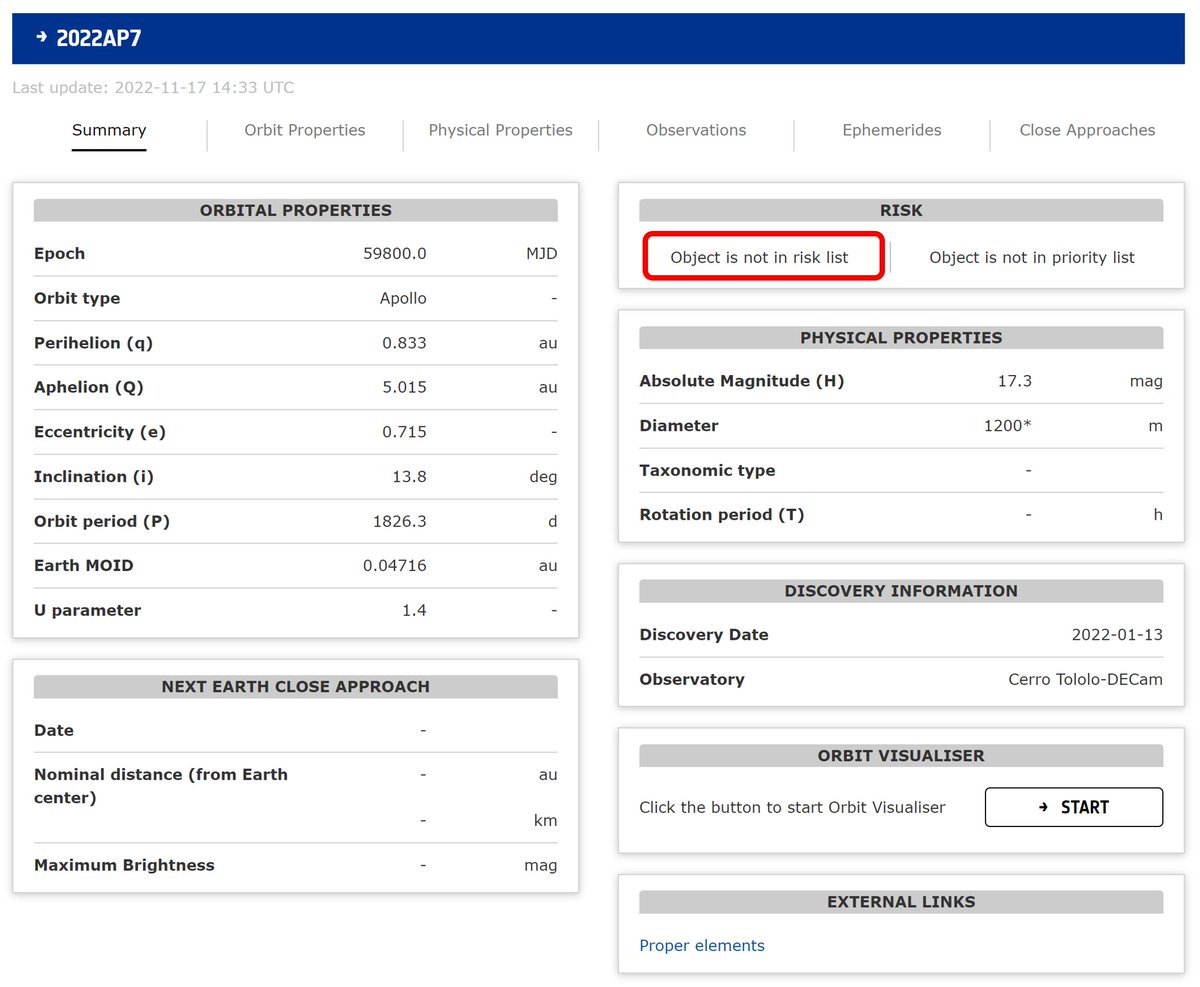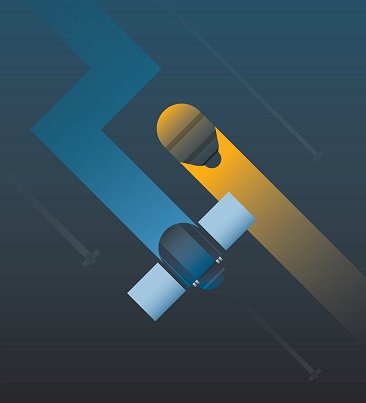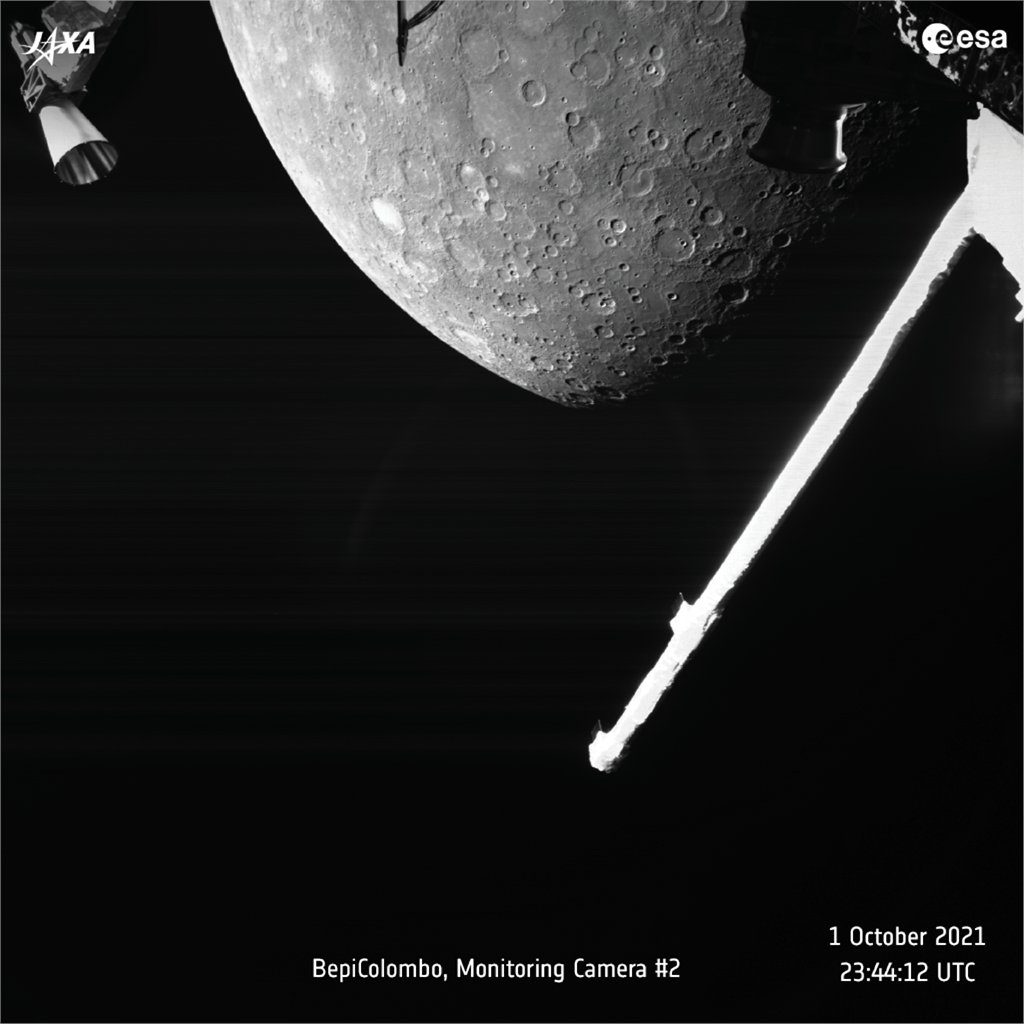
A <1m object has struck🌍in the skies above Niagara Falls, becoming a safe #fireball. For just the 6th time, global #asteroid warning systems saw it pre impact, alerting #PlanetaryDefence experts where & when. 'Only' 6x, but this capability is rapidly improving
#AsteroidImpact☄️
#AsteroidImpact☄️
https://twitter.com/Richard_M_F/status/1593869065923313664
Even, observations of the object before it struck!
https://twitter.com/teddykareta/status/1593884752246775808
• • •
Missing some Tweet in this thread? You can try to
force a refresh















